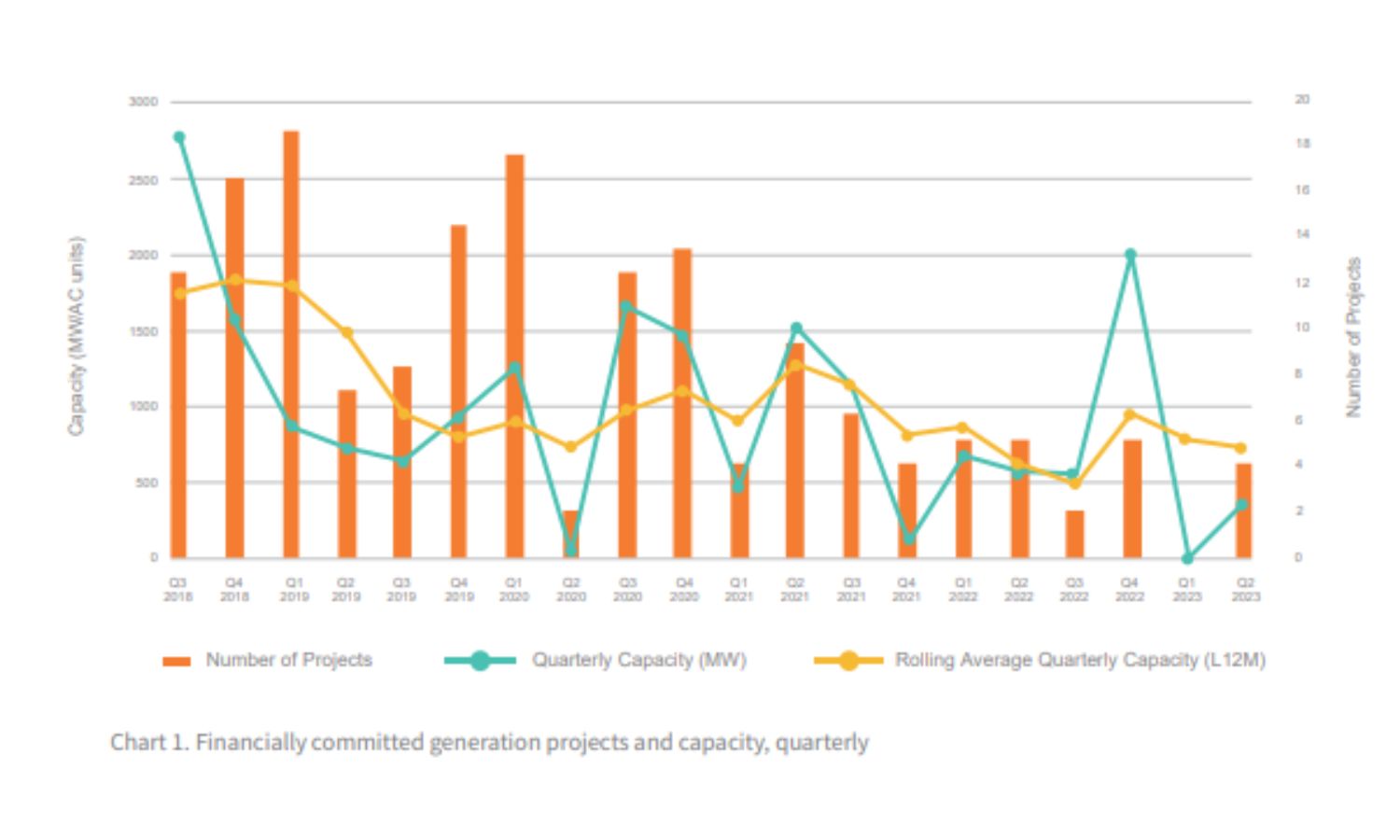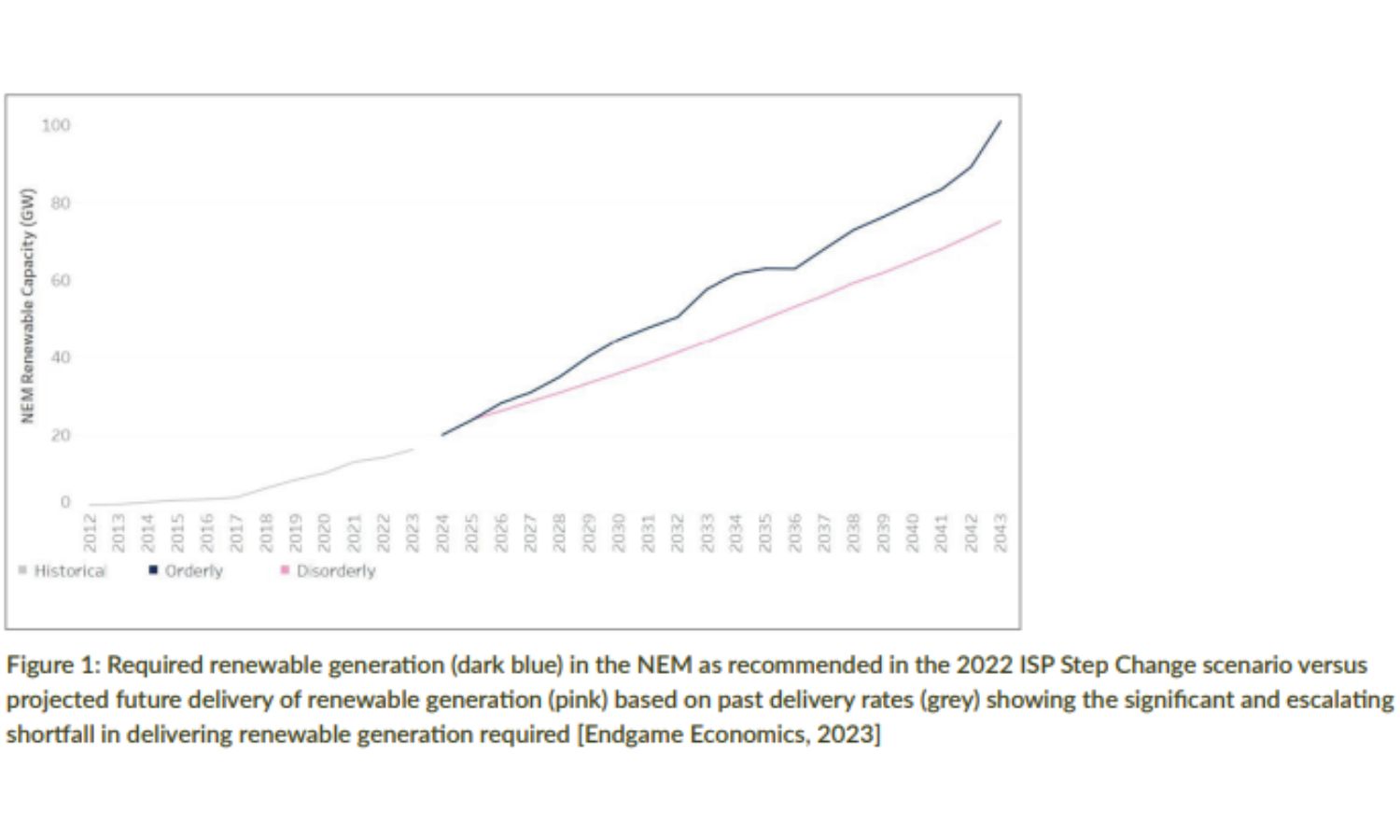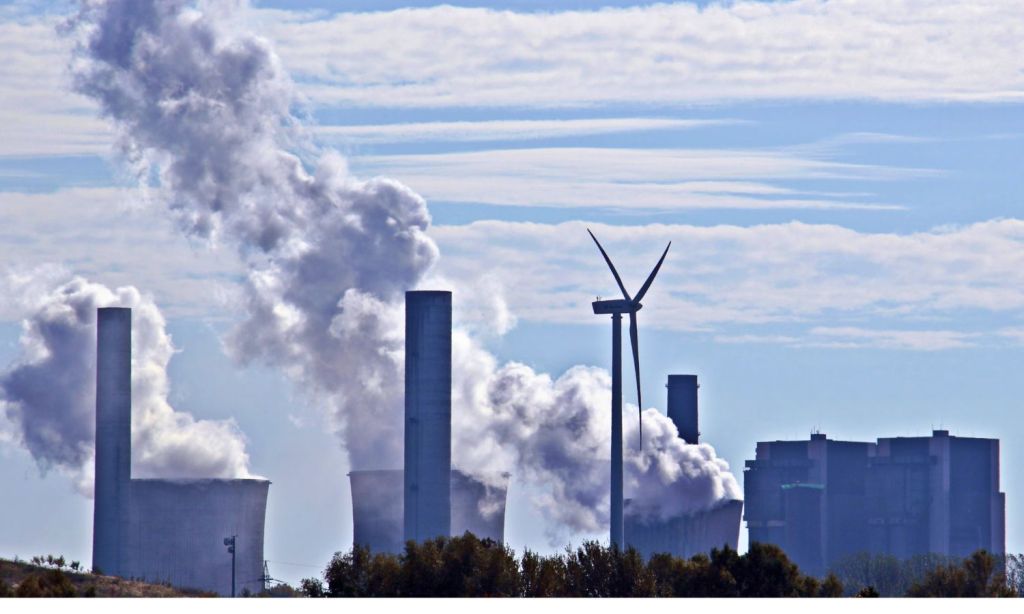“They are completely and utterly ineffective.” Those were the words of Barnaby Joyce, the former Deputy Prime Minister and former Leader of the Nationals at CPAC over the weekend, when speaking about renewables. The Conservative Political Action Conference — a transplant from the hard-right of US political discourse — was a gathering of conservative political leaders in Sydney to criticise The Voice, LGBTQIA+ rights, and anything else they deemed as ‘progressive’, including renewable energy.
Granted, it’s a big leap from the words of a politician of fading relevance to the actual nuts and bolts of energy policy at the state, territory and federal levels, however, a recent report has shown that the sentiment may be one not isolated to simply the audience of that boomer-heavy gnashing of teeth.
“We have successfully sat back as the price of power has gone through the roof, the reliability has gone through the floor, and the money has gone overseas.”
Watch former deputy prime minister @Barnaby_Joyce's speech at @CPACaustralia at https://t.co/nAvkILWY0i pic.twitter.com/QYK87iB3i3
— ADH TV (@adhtvaus) August 19, 2023
The Clean Energy Council’s latest quarterly report has found that investment in renewable energy has basically ground to a halt. The first half of 2023 has seen the lowest level of investment approvals since 2017, when the Council first started tracking the data.
Only four generation projects, with a total of 348 Megawatts of generation power, have reached financial commitment this year. This leaves 2023 at under half of the rolling average of just under 700MW. The total invested is $225 million, less than 20% of the average $1.3 billion in renewables investment.
“These challenges make final investment decisions for large scale renewables projects more difficult, and include under-investment in transmission, grid connection challenges, inconsistent planning policies, constraints in supply chains and workforce as Australia competes with global leaders that are all accelerating their demand for renewable energy,” Clean Energy Council Chief Executive, Kane Thornton, said.
Thornton noted that there is a huge pipeline of renewable energy projects in Australia, but that investors are looking to other markets where barriers to completion are less obstructive.
“The critical development needed to achieve 82 per cent renewable generation by 2030 is not guaranteed unless we target the obstacles currently creating investment uncertainty for new energy generation,” he said.

The report comes at a time when politicians are appearing to lean further on our creaking non-renewable infrastructure. In NSW, the Minns Government has just received a report into the state’s electricity network that recommends extending the life of the Eraring coal-fired power station near Lake Macquarie.
The Eraring station, the largest coal-fired generator in Australia, was due to close in 2025, however, the Electricity Supply and Reliability Check Up review commissioned by the new Labor government has said a deal should be entered into with Origin Energy to keep it going. Doing so would require the NSW Government to pay between $200 and $400 million each year in subsidies.
The NSW Government has not responded to or signed off on the review, but it is looking increasingly likely that they will, after NSW Minister for Climate Change, Energy, Environment and Heritage, Penny Sharpe, said that they had inherited twelve years of neglect from the previous administration.
“This recommendation is an absolute disaster for the climate, energy affordability and the credibility of the NSW government when it comes to emissions reductions,” said Chief Executive of the Nature Conservation Council, Dr Brad Smith.
“I don’t see how they can extend Eraring and meet the state’s climate targets.”
At the same time, the Victorian Government has just inked a deal with AGL Energy to support the increasingly non-competitive Loy Yang A generator until 2035. Although the closure date of Australia’s biggest single-carbon emitter was expected, it also dashes hopes that this plant could close any earlier than 12 years from now.
In addition, last week WA announced that it will be keeping the Muja 6 coal-fired plant open for an additional six months beyond its expected closure date of October next year. The decision was made after a report from the Australian Energy Market Operator indicated that increased energy demand could lead to blackouts if the power plant was taken offline as renewable energy projects aren’t there to meet supply.
Australia has a Federal plan to generate more than 80% of its energy from renewable sources by 2030. However, a report by renewable energy advisor Nexa Advisory has found that Australia is likely to undershoot that by 20% at the current rate of progress. Uncertainty in the electricity market, brought about by the lack of transmission and storage capacity, is part of the problem.
Australia’s grid largely relies on coal-fired power, with between 30% and 35% of our energy coming from solar, wind, and hydro. Coal-fired power stations should be able to be turned down during periods of high wind and sunlight, but they can’t run at less than 30-50% capacity for technical reasons. As such, renewables are left hamstrung without proper capacity to store excess electricity.
“It’s hard to know who is most to blame for this mess, but everyone should get a mention,” Renew Economy writes on the current predicament. Australia is running well behind schedule when it comes to its own emissions targets, owing mainly to the fact that we’ve lacked vision over the past few decades.
“The big utilities have failed to invest in enough new capacity, transmission lines have not been built, and connection and other problems have hindered new projects, and little has got through planning departments,” Renew assesses.
One of the biggest problems is the fact that there are no hard deadlines for the transition to renewables and the closure of fossil fuel emitting power. Setting non-legislated targets means politicians can keep kicking the can down the road, extending the life of coal-fired generators, and provides no incentive to install the kinds of infrastructure needed to get more renewables online. Hard targets, and the ability to work backwards from them, would solve this problem. Australia is not exactly going backwards, but we’re attempting to drive with the handbrake on.

“While there is now strong political support for the clean energy transition, there remains a raft of barriers as a result of the historic lack of leadership, planning and foresight over the prior decade,” Thornton said.
Of course, the environment left to us by political leaders the decade prior was created by climate-denying politicians like Barnaby Joyce. The continued muddying of the waters on renewables and their power to deliver still hampers progress today.
Related: Why TF Are We Giving $500 Million to Coal-Fired Power Stations?
Related: Let’s Recap Snowy Hydro’s Buckwild August
Read more stories from The Latch and subscribe to our email newsletter.







